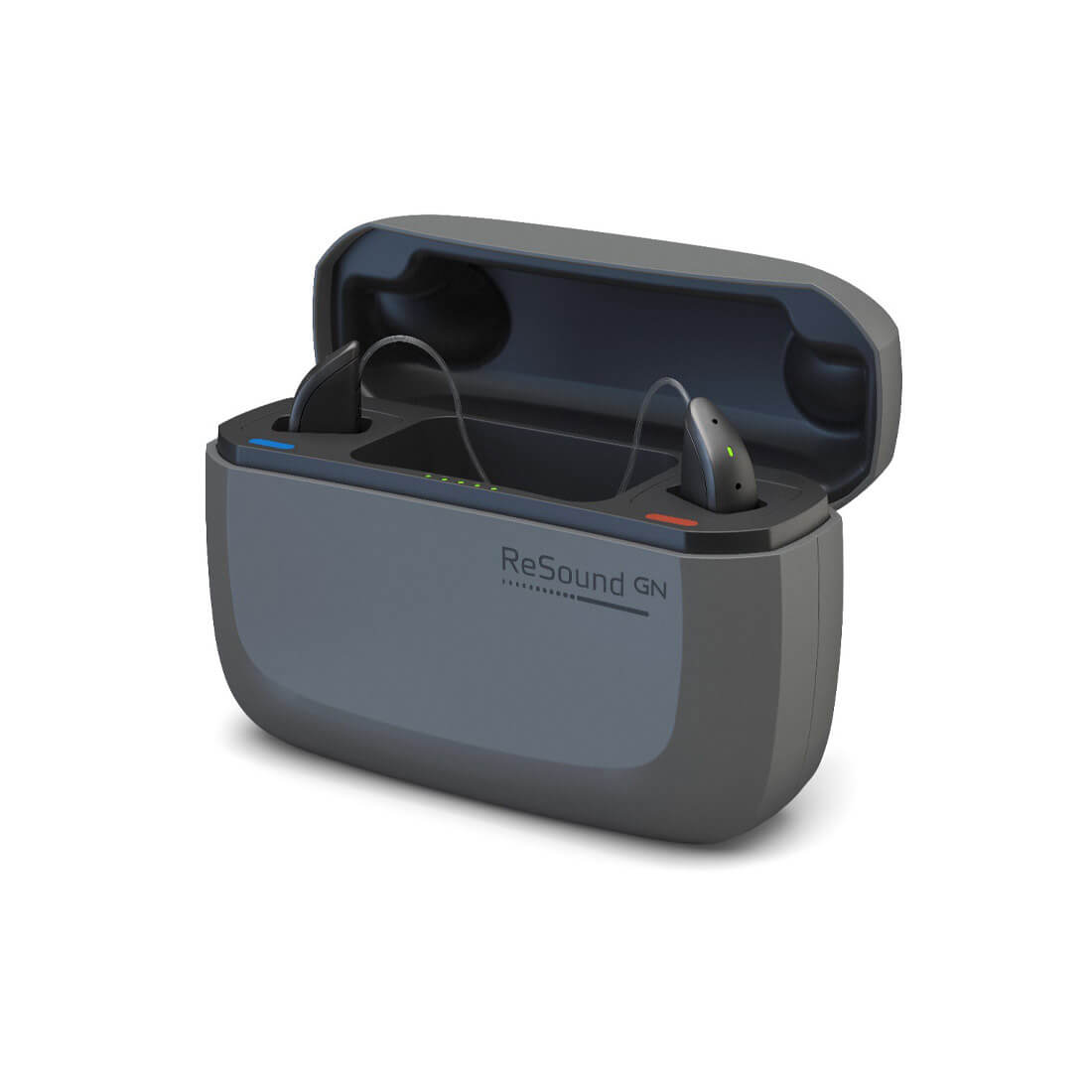Hearing Aid Batteries
Your hearing aids need a constant supply of power in order to work properly, because things like bluetooth streaming and severity of hearing loss affect the battery drain. Different hearing aids require different types of batteries — based on the size and power requirements of the hearing aid — to work properly. There are many variables that determine how long your battery will power your hearing aids.
Minimizing Battery Drain
If the hearing aids won’t be used for an extended period of time (more than overnight, for instance), removing the battery entirely is the best method.
When To Know It's Time To Change Your Batteries
There are a few ways to know when it's time to change your hearing aid batteries. Some hearing aids will emit a small beeping sound when the battery is low, while others will speak to the user, stating that a change of batteries is needed.
How To Change Batteries
When its time to change your hearing aid batteries, follow the steps below:
- Open battery door using nail grip.
- Remove old battery (if necessary).
- Remove your new battery from the package, and pull protective tab from battery. Let the battery rest for 5 minutes before placing battery into compartment.
- Align “+” sign on flat side of battery with “+” sign on battery door.
- When battery is secure, close door.
Types of Batteries
There are four main sizes of batteries, each with a specific color-coded package:
- Size 10 (Yellow)
- Size 13 (Orange)
- Size 312 (Brown)
- Size 675 (Blue)
The battery size you need is typically based on the size and style of your hearing aid.
Battery Tips
- Once the tab is removed from the battery, it takes approximately 2 minutes before the battery is activated and the battery compartment can be closed.
- Do not force the battery door shut, as it may can cause damage to the hearing aid or a broken battery compartment. If the door does not close correctly, check to see if the battery is correctly inserted.
- Do not force the battery door open too far, as it may result in damage.
- Dispose of used batteries immediately in a trash receptacle. Used batteries can harm children or pets if ingested.
- Try using a multi-cleaning tool with a magnetic end which can be helpful in handling the batteries.
Rechargeable Hearing Aid Batteries
Rechargeable hearing aids offer big benefits. Inquire with Dr. Stakiw about these and how they can be beneficial to you!
Why Rechargeable
Rechargeable hearing aids are more reliable, less of a hassle, and more powerful than conventional batteries. Refer to the below points reflecting the benefits you will experience when using hearing aids with rechargeable batteries.
- Savings - Only purchase the charging station – instead of numerous disposable batteries.
- Peace of mind - Enjoy continuous, stable, and uninterrupted power throughout your day.
- A quick charge - Recharge your batteries while you sleep, and enjoy all-day power in the morning.
- Stress-free maintenance - Avoid the daily hassle of buying and installing disposable batteries.
- Convenience - Replace your batteries just once a year, at your annual checkup.
- Something for the environment - Rest assured our eco-friendly pair of rechargeable batteries equals more than 400 disposables.
Frequently Asked Questions
How often do I have to change my hearing aid batteries?
How often you change your hearing aid batteries will depend mostly on two things: the style of hearing aid you use and how often you use it. Many of the smaller units — the invisible units, for instance — require smaller batteries that have less power. Using these units for most hours of the day might yield only three to five days of use per set of batteries. Batteries for larger styles hearing aids, like behind the ear units, can last for up to 7-10 days.
How To Change Your Hearing Aid Battery

